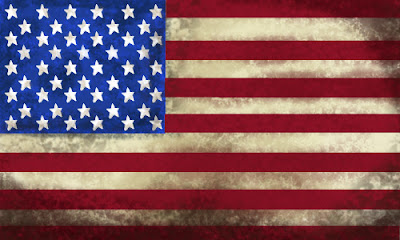

When he tried out a banner at the Hay Festival, according to the article, Hawkins "knew he'd struck a chord". Īs described in a BBC article, in the month the big meteorological agencies release their annual climate assessments, Hawkins experimented with different ways of rendering the global data and "chanced upon the coloured stripes idea".

Hawkins, a lead author for the IPCC 6th Assessment Report, received the Royal Society's 2018 Kavli Medal, in part "for actively communicating climate science and its various implications with broad audiences".
STRIPES MEANING SERIES
On, Hawkins published graphics constituting a chronologically ordered series of blue and red vertical stripes that he called warming stripes. Independently, in November, 2015, University of Georgia estuarine scientist Joan Sheldon made a "globally warm scarf" having 400 blue, red and purple rows, but could not contact Hawkins until 2022. Hawkins provided Highwood with a more user friendly colour scale to avoid the muted colour differences present in Highwood's blanket. Separately, by 10 June 2017, Ellie Highwood, also a climate scientist at the University of Reading, had completed a crocheted "global warming blanket" that was inspired by "temperature blankets" representing temperature trends in respective localities. Jason Samenow wrote in The Washington Post that the spiral graph was "the most compelling global warming visualization ever made", before it was featured in the opening ceremony of the 2016 Summer Olympics. In May 2016, to make visualizing climate change easier for the general public, University of Reading climate scientist Ed Hawkins created an animated spiral graphic of global temperature change as a function of time, a representation said to have gone viral. Our visual system will do the interpretation of the stripes without us even thinking about it." "I wanted to communicate temperature changes in a way that was simple and intuitive, removing all the distractions of standard climate graphics so that the long-term trends and variations in temperature are crystal clear. The initial concept of visualizing historical temperature data has been extended to involve animation, to visualize sea level rise and predictive climate data, and to visually juxtapose temperature trends with other data such as atmospheric CO 2 concentration, global glacier retreat, precipitation, progression of ocean depths, and aviation emission's percentage contribution to global warming. Warming stripes reflect a " minimalist" style, conceived to use colour alone to avoid technical distractions and intuitively convey global warming trends to non-scientists. Warming stripes (sometimes referred to as climate stripes, climate timelines or stripe graphics ) are data visualization graphics that use a series of coloured stripes chronologically ordered to visually portray long-term temperature trends.

The progression from blue (cooler) to red (warmer) stripes portrays the long-term increase of average global temperature from 1850 (left side of graphic) to 2018 (right side of graphic).

An early warming stripes graphic published by their originator, climatologist Ed Hawkins.


 0 kommentar(er)
0 kommentar(er)
